Some of the most important inventions almost never came to be. From simple household items to groundbreaking scientific discoveries, many faced challenges along the way. Whether due to lack of funding, skepticism, or pure accident, these inventions nearly slipped through the cracks of history. Thankfully, their creators pushed through. Now, these inventions are iconic parts of our everyday lives.
Light Bulb
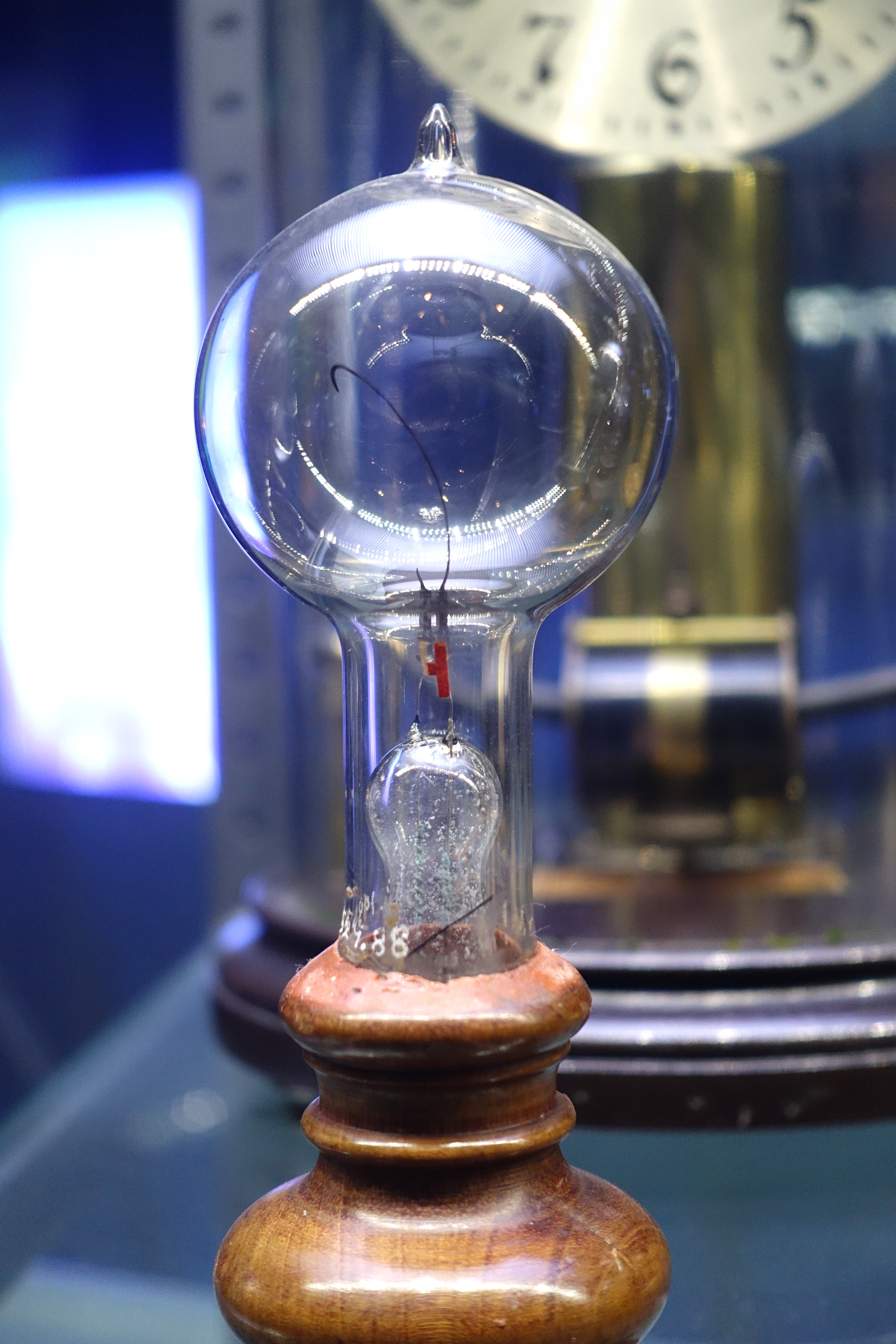
The light bulb is one of the most revolutionary inventions. Thomas Edison is often credited, but he faced countless failures before success. Other inventors like Humphry Davy and Joseph Swan had tried similar concepts earlier. Edison’s persistence paid off when he finally created a long-lasting filament. This invention lit the way for modern electricity usage.
Penicillin
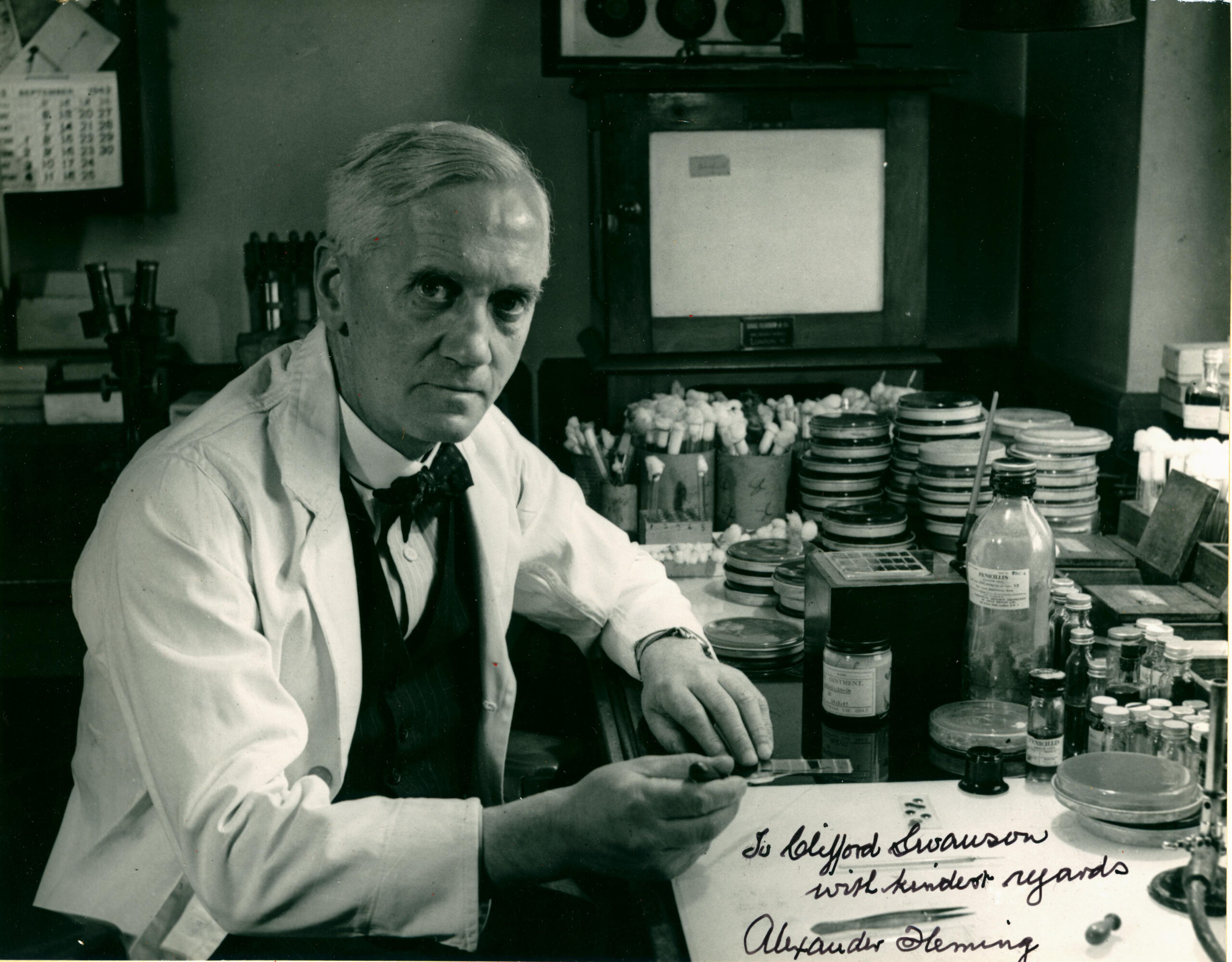
Penicillin was discovered by accident when Alexander Fleming noticed mold killing bacteria in a petri dish. It took years before scientists realized its medical potential. Fleming almost discarded his discovery, thinking it wasn’t significant. However, its ability to treat infections transformed healthcare. It became one of the first antibiotics to save countless lives.
Airplane

The Wright brothers struggled for years before their famous flight in 1903. They had to overcome skepticism, limited technology, and countless failed attempts. Their invention almost didn’t happen due to these difficulties. Despite this, their innovative designs led to the first controlled flight. This achievement changed transportation forever.
Telephone
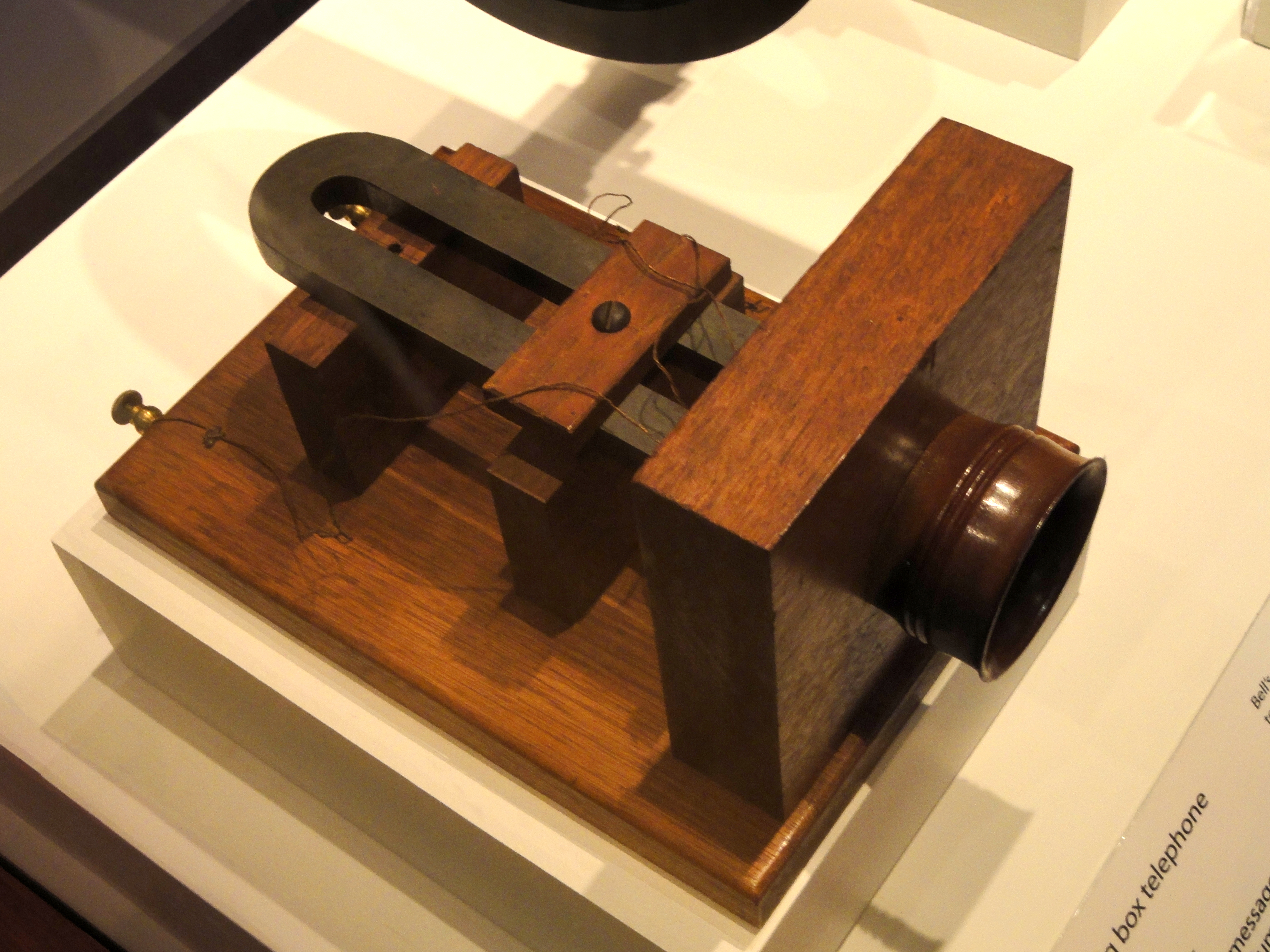
Alexander Graham Bell invented the telephone, but the path to success wasn’t smooth. Many doubted the practicality of voice communication over wires. Bell faced numerous setbacks, including legal battles over patents. His relentless work paid off when he made the first successful call in 1876. The telephone revolutionized global communication.
Microwave Oven

The microwave oven was an accidental discovery by Percy Spencer in 1945. He noticed that radar waves melted a chocolate bar in his pocket. This led him to experiment with cooking food using microwaves. Early prototypes were bulky and expensive. Over time, they were refined and became a kitchen essential around the world.
X-rays
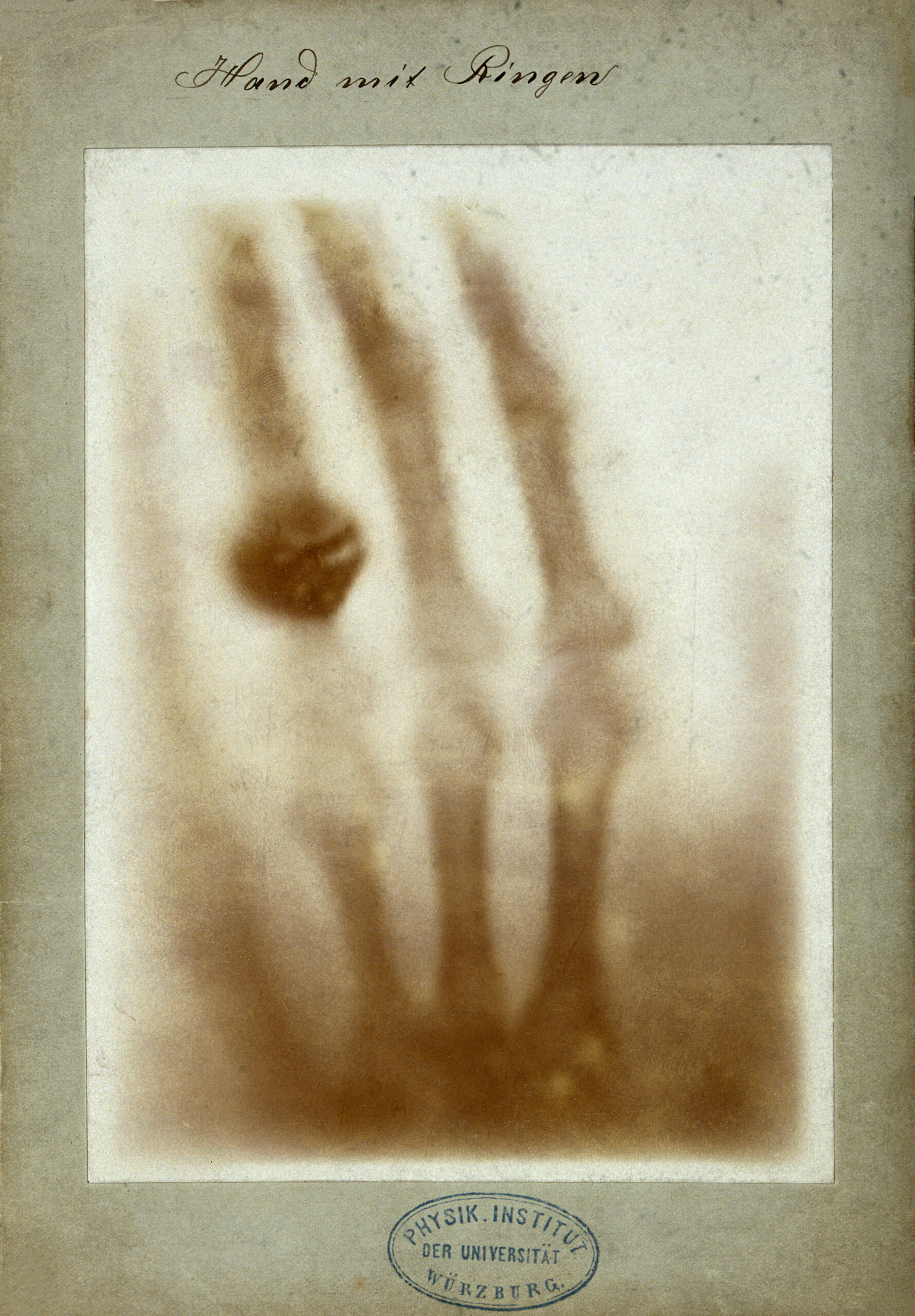
X-rays were discovered by Wilhelm Roentgen in 1895. He stumbled upon them while experimenting with cathode rays. Roentgen nearly dismissed his findings as insignificant. However, when he saw through solid objects, he realized their potential. X-rays revolutionized medical diagnostics, allowing doctors to see inside the human body without surgery.
Velcro

Velcro was invented by Georges de Mestral after observing how burrs stuck to his dog’s fur. He saw potential in mimicking nature’s design for fasteners. However, early prototypes were met with skepticism and slow adoption. It took years before Velcro became popular. Now, it is widely used in clothing, shoes, and even space suits.
Coca-Cola

Coca-Cola began as a medicinal tonic in the late 1800s. John Stith Pemberton created it as a cure for headaches and fatigue. It almost didn’t become the soda we know today, as it was originally sold in pharmacies. Through strategic marketing and rebranding, it became a global beverage phenomenon.
Plastic

Plastic was discovered accidentally in the early 1900s by Leo Baekeland. He was trying to find a substitute for shellac when he created Bakelite, the first true plastic. Initially, it wasn’t widely recognized for its potential. Over time, its durability and versatility made plastic a key material in manufacturing. Today, plastic is everywhere in modern life.
Insulin

Insulin was a groundbreaking discovery in the treatment of diabetes. Frederick Banting and Charles Best developed it in the early 1920s, but it wasn’t easy. The process of extracting insulin from animals was tedious and risky. It almost didn’t happen due to limited knowledge and resources. Eventually, their work saved millions of lives, turning insulin into a vital medication for diabetes patients worldwide.
Pacemaker
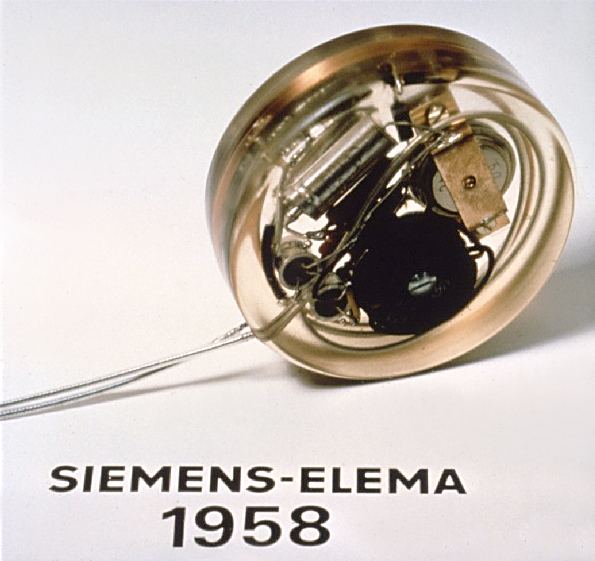
The pacemaker was born out of an accidental discovery in 1956. Engineer Wilson Greatbatch was working on a heart-recording device when he inserted the wrong resistor. Instead of throwing it away, he noticed its rhythmic electrical pulse. This unexpected finding paved the way for the modern pacemaker. Today, it keeps countless hearts beating steadily.
GPS

The Global Positioning System (GPS) was initially developed for military use. It faced funding issues and skepticism from early developers. Roger L. Easton and his team worked tirelessly to refine the technology. Despite doubts, they saw its potential for global navigation. Now, GPS guides people worldwide, from everyday driving to advanced military operations.
Computer Mouse
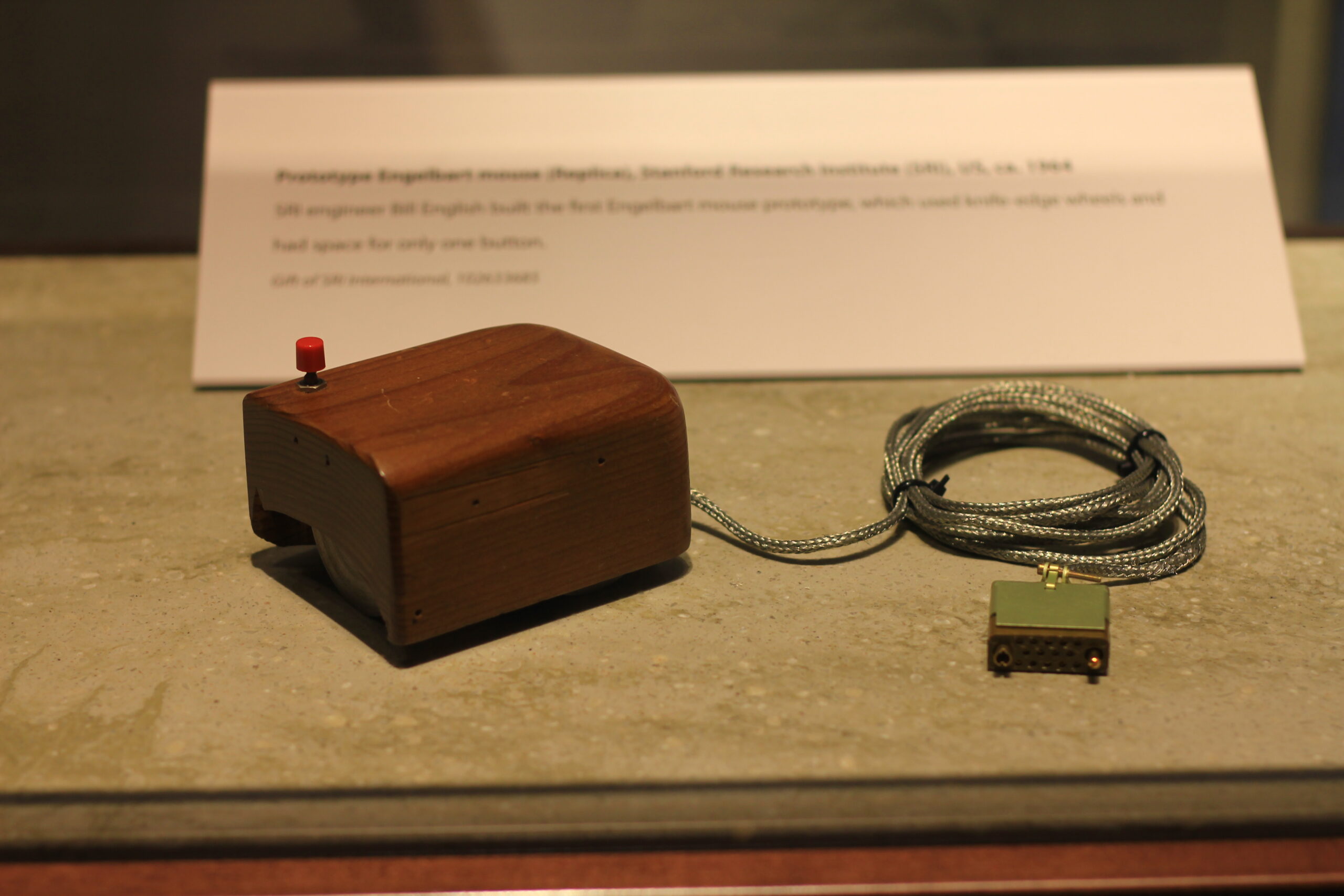
The computer mouse was invented by Douglas Engelbart in the 1960s. It started as a simple wooden block with two metal wheels. Many doubted its usefulness, considering it too primitive for practical use. Over time, its role in human-computer interaction grew. Today, the mouse is an essential tool for navigating the digital world.
Superglue

Superglue was discovered accidentally by Harry Coover in 1942. He was attempting to make clear plastic for gun sights during World War II. The adhesive he created was considered too strong and dismissed. Nearly two decades later, it became popular for its ability to bond materials quickly and securely. Superglue is now a staple in households and industries alike.
Dynamite
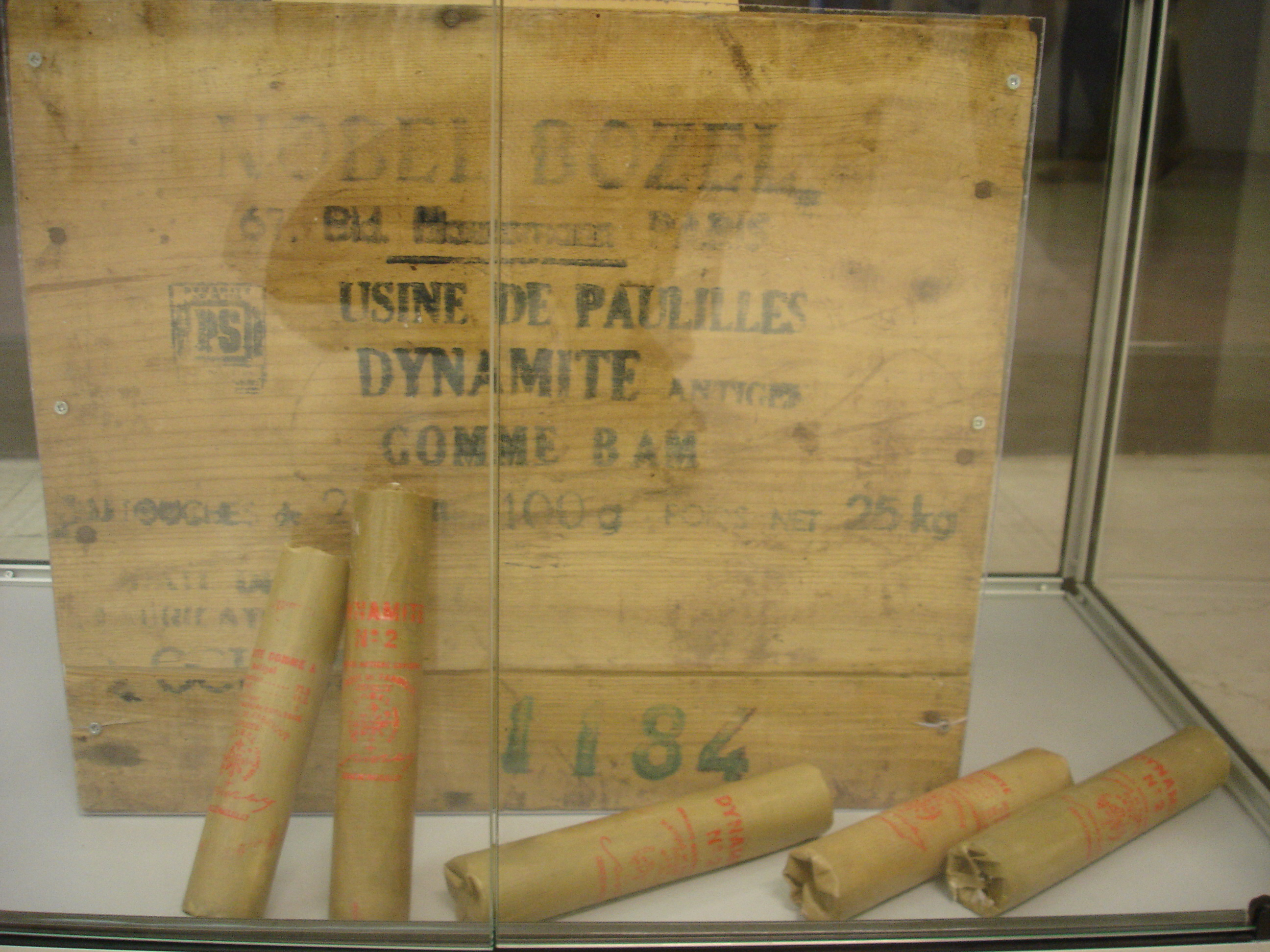
Alfred Nobel invented dynamite in 1867, aiming to create a safer explosive. Before dynamite, explosives like nitroglycerin were highly unstable. Nobel’s invention was met with resistance due to its potential danger. However, dynamite proved essential for construction and mining, making massive infrastructure projects possible. It became one of Nobel’s most famous inventions, though its use in warfare troubled him.
Quantum Theory
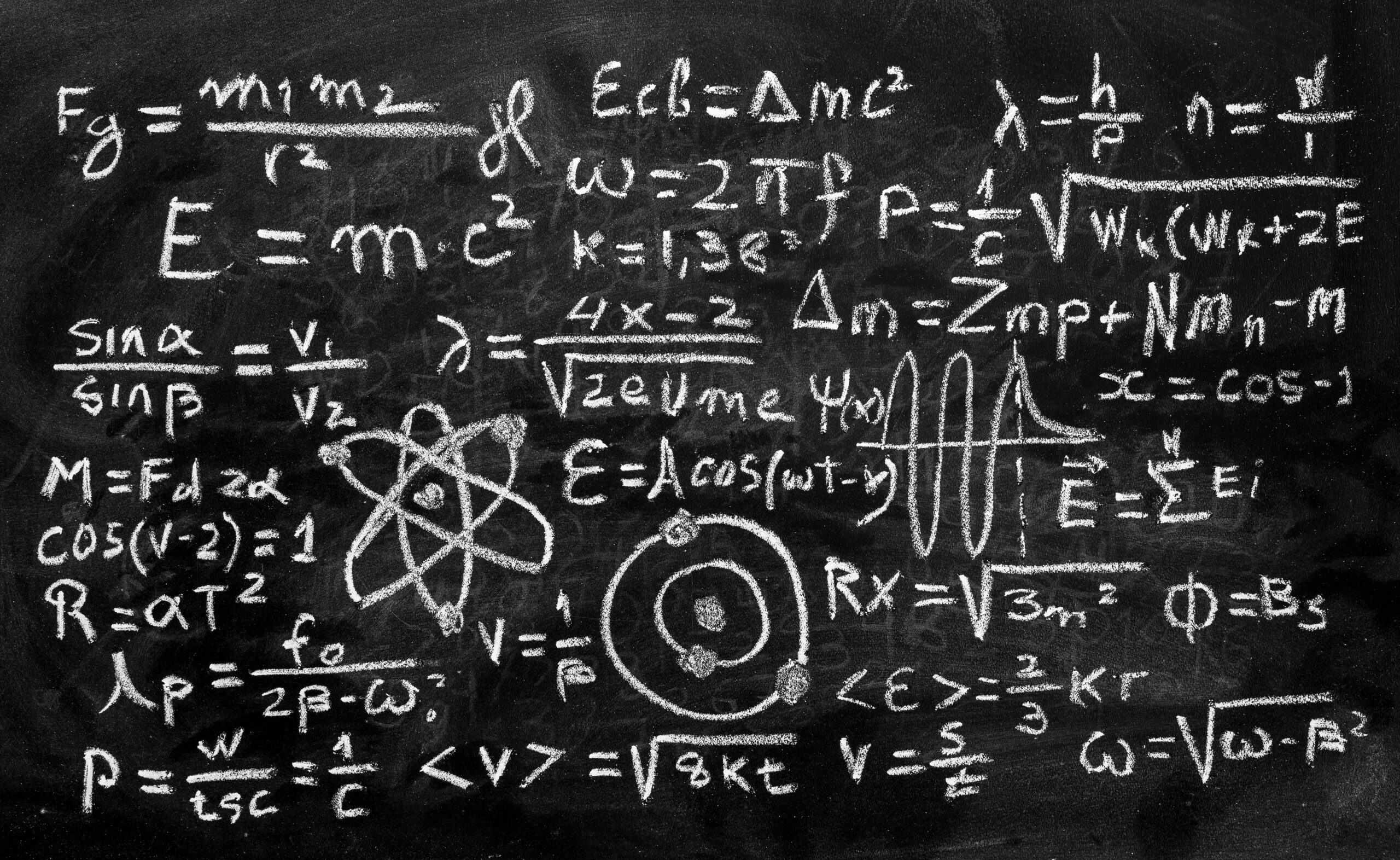
Quantum theory revolutionized modern physics, but its development was a long, uncertain journey. Max Planck, Albert Einstein, and others contributed to its foundation. Initially, scientists dismissed the idea that particles could exist in multiple states simultaneously. Over time, quantum theory gained acceptance and shaped everything from computing to medical imaging. It opened the door to new realms of science.
Antibiotics

Antibiotics, beyond penicillin, transformed modern medicine by combating bacterial infections. Many early discoveries were nearly dismissed due to skepticism. In the 1940s, researchers like Selman Waksman discovered new strains, including streptomycin, which fought diseases like tuberculosis. The field faced doubt but became a cornerstone of healthcare, saving countless lives.
Internet

The internet’s creation faced many challenges before becoming the global network it is today. In the 1960s, early developers struggled to connect computers efficiently. Researchers like Vint Cerf and Bob Kahn pioneered the transmission control protocol (TCP), which allowed communication between devices. Skeptics doubted its usefulness beyond military and academic circles. Today, the internet has transformed the way the world communicates and accesses information.
This article originally appeared on Rarest.org.
More from Rarest.org
15 Most Collectible Vintage Motorcycles

Vintage motorcycles are more than just machines; they are symbols of history, craftsmanship, and innovation. Read More.
10 Historic Chess Sets That Are Cherished by Collectors Worldwide
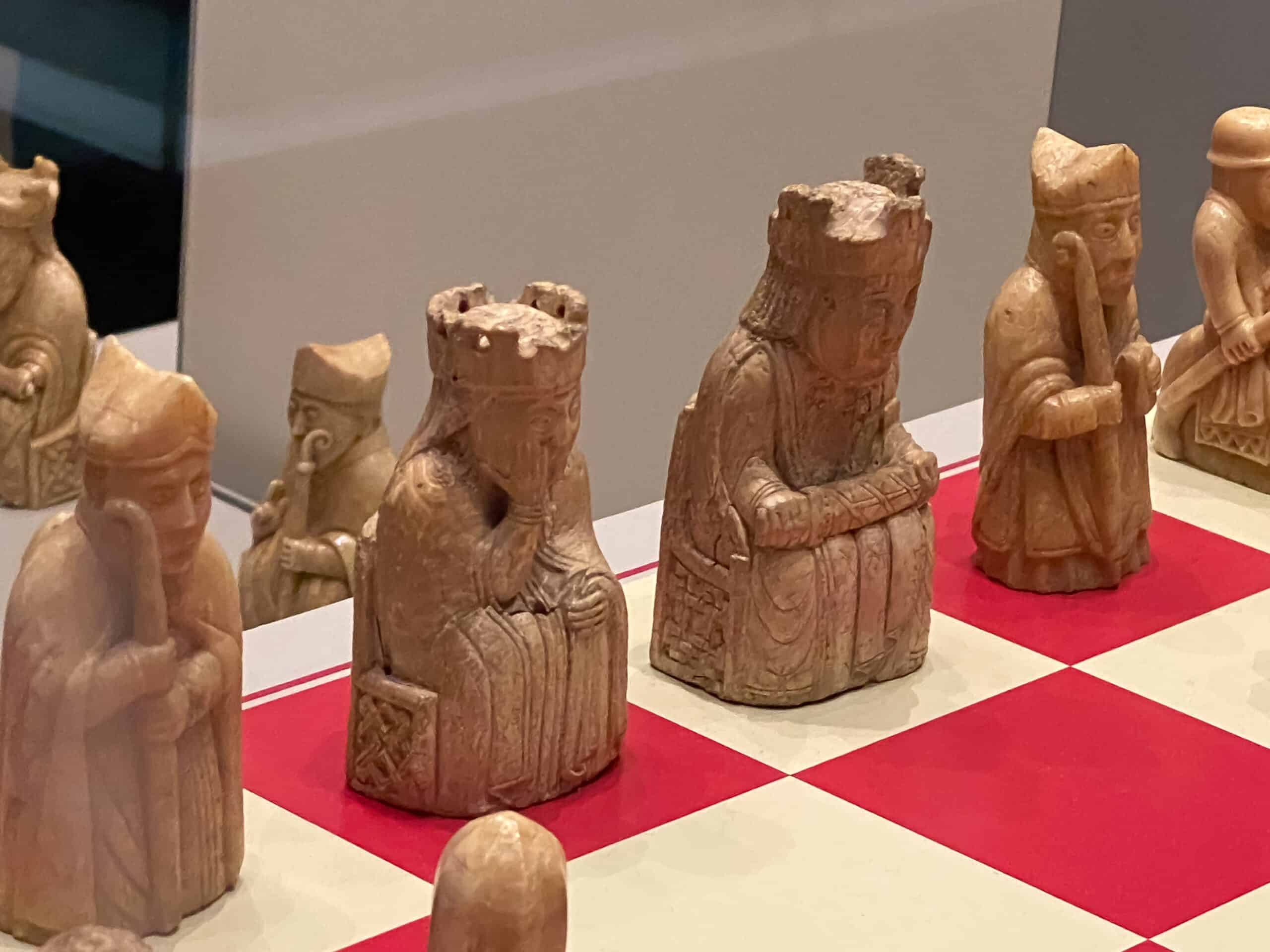
Historic chess sets have captivated collectors with their intricate designs and rich stories. Each set carries the essence of the era it was crafted in, making them valuable artifacts. Read More.
8 Ancient Shipwrecks with Mysterious Cargo
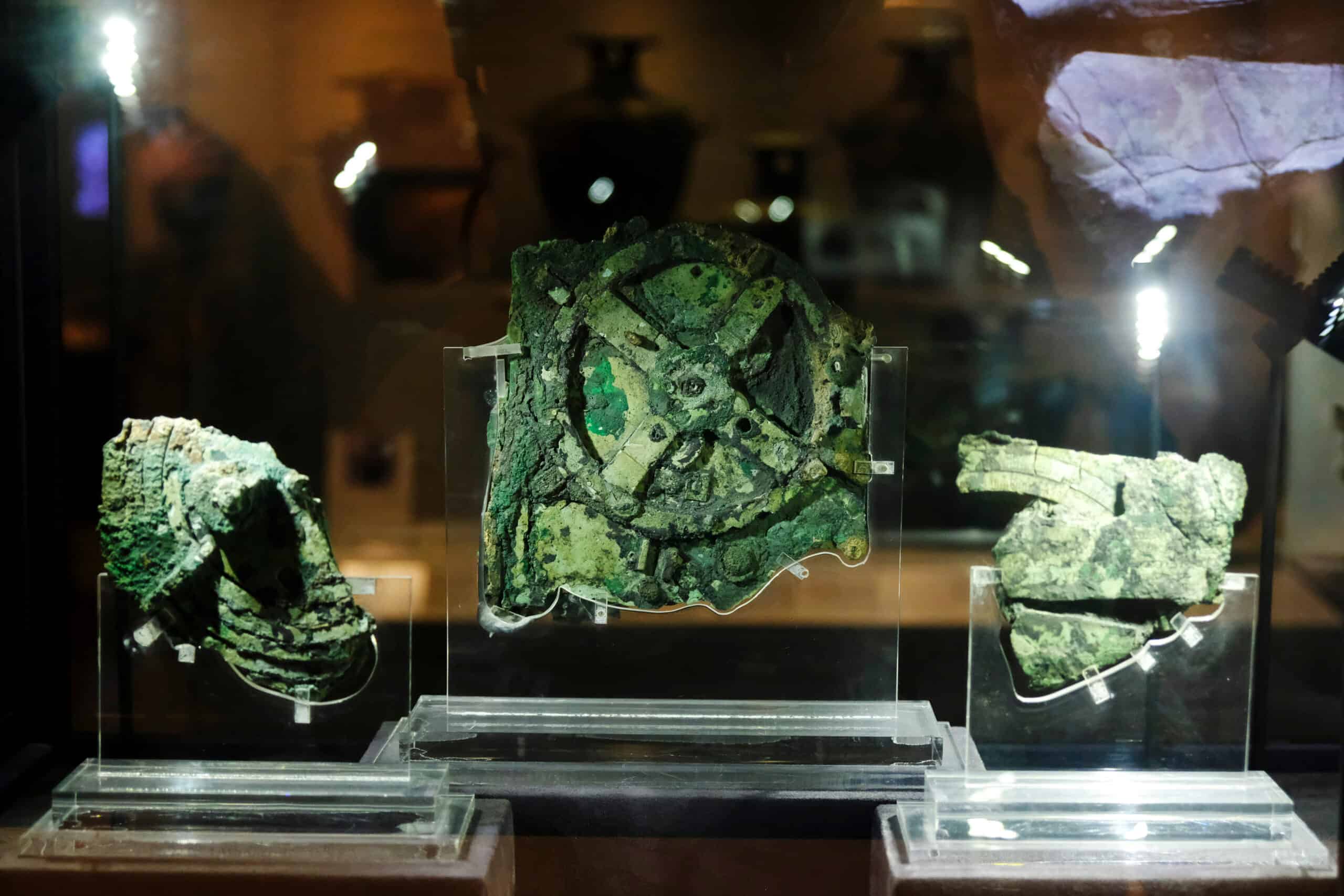
The ocean’s depths hide countless secrets, with ancient shipwrecks telling tales of long-lost voyages. These underwater time capsules often reveal mysterious and valuable cargo. Read More.
